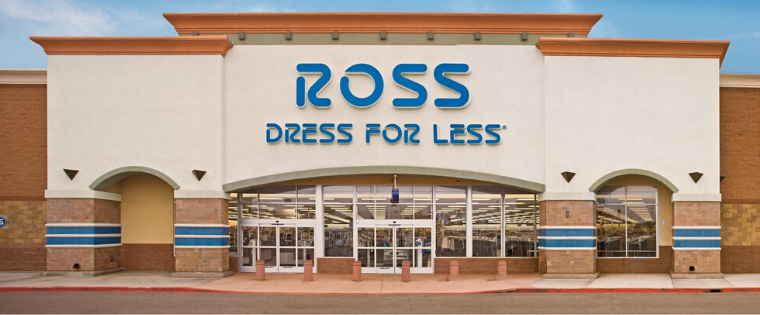
Pricing Pressure at Mass, Off-Price, Value Channels
As much of retail struggles with store closings in the face of COVID-19, off-price retailers and dollar stores appear poised to continue expanding rapidly while Walmart and Target grow at a more measured pace.
It’s that type of mixed bag that is greeting consumers as an increasing number of “non-essential” retailers re-open, while merchants that never had to shut, such as mass market, drug and dollar store chains that carry such products as food and health products seek to hold or expand their ground.
Dollar Store Expansion
Neither of the two major U.S. dollar stores operators have updated previously announced expansion plans – Dollar General and Dollar Tree each forecast opening 1,000 U.S. locations this year – since they at the end of February; both are slated to release Q1 earnings on May 28. Off-price retailers also haven’t publicly slowed expansion yet with TJX Companies (170 net new stores), Burlington (54) and Ross Stores (100) all planning to add new locations. But Walmart (100 remodels) and Target, which recently cut planned 2020 remodels to 130 from 300 and new small format stores (49,000 sq. ft. and under) to 15-20 from 36, are taking a slightly slower approach. Walmart is due to release earnings today (May 19).
Timing Adjustment
“As we look ahead, we want to keep minimizing disruptions so stores can concentrate on the critical work,” Target CEO Brian Cornell said in March. “So we’re adjusting the timing of a few projects we had planned for 2020” in completing ones underway and tabling the rest until 2021.
Yet as the retailers plot plans for new stores, they also are likely to be face fierce price competition, trying to move stockpiled inventory — especially spring and summer apparel — via deep discounts. One licensing executive told us he expects “blood in the water” as stores reopen. Off-price retailers will seek to “reap the price benefits” of suppliers selling off inventory, while there also will be store closing and liquidation sales. But the rush to discount prices could come at a cost.
“Many people are talking about promotional cadences and what the markdowns will be, but I don’t know how you can survive on markdowns on top of lost sales,” Levy Group President Michael Fernandez said during last week’s Licensing International VRoundTable. “In wholesale, it would liquidation on top of markdowns.”
Yet price competition is inevitable heading into the fall selling season.
“People are going to close stores, and Walmart and Target are already aggressive on price. If you come in and you are not competitive it will be difficult” as stores re-open, says Dean Allen, Chief Merchandising Officer at Mad Engine. “Some companies are struggling, and the off-price channel will take advantage of the situation and press people on price.”
Off-Price Hunt
But the off-pricers face challenges of their own. Burlington, TJX and Ross have minimal ecommerce business – Burlington dropped it earlier this year after it accounted for just 0.5% of annual revenue – so will be faced with recreating the merchandise “hunts” they are known for inside typically crowded stores that now require social distancing.
“They rely on the hunt in their stores and that is going to change,” Fernandez said. “There will be concerns about how many products will be in the stores and how much space there will be between racks.”
Similar to off-price, 373-store Primark, which has a small presence in the U.S., doesn’t have an ecommerce business. But the European powerhouse also canceled orders quickly as the pandemic spread across the UK and Europe.
While there will likely be some discounting among European retailers, many are also considering warehousing spring 2020 collections in categories such as homegoods and relaunching them next year, says Jane Smith, Group Director Brand Licensing and Gaming at Endemol Shine Group.
“You can probably warehouse items that are neutral in their appeal in a color trend or fashion statement,” says Smith. “But you have the cost of storing it. Then it will come down to how much can you sell and how much margin hit are you prepared to take in 2020 versus the cost of storing something you probably bought a year ago until 2021.”

















